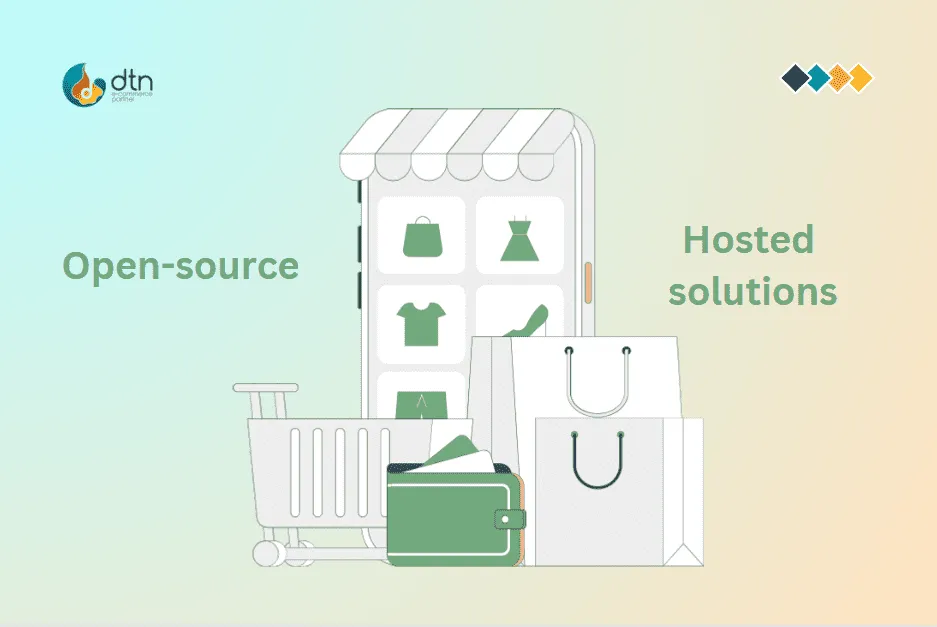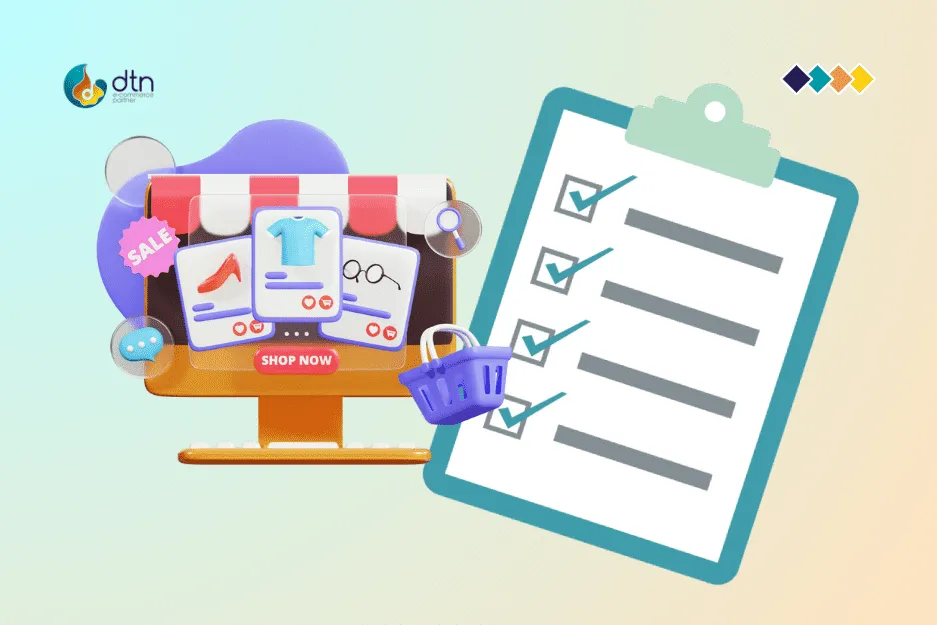Choosing the right e-commerce platform is a crucial decision for any online business, as it can significantly impact your operations, growth potential, and overall success. With the myriad of options available in the market, navigating through the selection process can feel daunting. However, with a step-by-step approach and careful consideration of your business needs, you can confidently choose the platform that best aligns with your goals and objectives.
Table of Contents
Step 1: Understanding Platform Types
The first step in selecting the right e-commerce platform is understanding the two main types: open-source and hosted platforms. Open-source platforms, such as Magento and WooCommerce, offer flexibility and customization options but require more technical expertise to set up and maintain. On the other hand, hosted solutions like Shopify and BigCommerce provide simplicity and ease of use, with the platform handling most of the technical aspects for you.
When deciding between open-source and hosted platforms, consider factors such as your level of technical expertise, desired level of customization, and budget constraints. If you have the resources and expertise to manage a self-hosted solution, open-source platforms may offer greater flexibility and control. However, if you prefer a more user-friendly and hassle-free option, hosted platforms may be the better choice.

Choose between open-source (e.g., Magento) for flexibility or hosted (e.g., Shopify) for simplicity, based on expertise and budget.
Step 2: E-commerce Platform Choice Factors Checklist
To help you navigate through the decision-making process, create a comprehensive checklist of factors to consider when evaluating e-commerce platforms. Some key factors to include in your checklist are:
– Flexibility: Does the platform offer customizable templates and design options?
– Scalability: Is the platform capable of growing with your business as it expands?
– Costs: What are the initial setup costs and ongoing fees associated with the platform?
– Integrations: Does the platform integrate seamlessly with other tools and software you use?
By systematically evaluating each factor on your checklist, you can narrow down your options and focus on platforms that best meet your specific requirements and preferences.

Consider flexibility, scalability, costs, and integrations when evaluating platforms to ensure they meet your business needs and preferences
Step 3: Tailoring Your Choice to Your Business
Every business is unique, with its own set of industry-specific requirements, target audience demographics, and growth plans. When selecting an e-commerce platform, it’s essential to choose one that aligns seamlessly with your business needs and objectives.
For example, if you operate an online fashion boutique and prioritize a visually appealing and user-friendly platform, Shopify’s extensive collection of customizable templates and themes may be the ideal choice. Similarly, if you’re targeting a niche market such as handmade crafts and value a platform that caters specifically to artisans and creators, platforms like Etsy may offer specialized features and functionalities tailored to your industry.

Align your platform with your industry and growth plans. Shopify suits visually-driven businesses, while Etsy caters to niche markets
Step 4: Strategic Guide to Picking the Ideal Platform
Once you’ve narrowed down your options, it’s time to delve deeper into each platform’s pros and cons to make an informed decision. Consider factors such as user experience, customer support, and available features and integrations. Look for real-world examples and case studies to gauge each platform’s effectiveness in meeting the needs of businesses similar to yours.
For instance, if you prioritize customization and flexibility, platforms like WooCommerce, with its extensive plugin library and developer-friendly framework, may be the ideal choice for your business. Alternatively, if you value simplicity and ease of use, platforms like Shopify Plus, with its intuitive interface and robust feature set, may better suit your needs.

Consider user experience, support, features, and real-world examples. WooCommerce offers customization, while Shopify Plus provides simplicity
Step 5: E-commerce Platform Selection in Bite-sized Chunks
Finally, break down the decision-making process into manageable chunks to avoid feeling overwhelmed. Start by conducting initial research to gather information about each platform’s features, pricing, and customer reviews. Then, compare your top contenders based on key criteria such as customization options, scalability, and integration capabilities.
As you progress through each stage of the decision-making process, refer back to your checklist and strategic guide to ensure you’re staying aligned with your business goals and objectives. Consider seeking input from industry experts, peers, and existing users of the platforms you’re considering to gain valuable insights and perspectives.

Research features, pricing, and reviews. Compare customization, scalability, and integrations. Seek input from experts and peers
Empowering Your Business Growth
Choosing the right e-commerce platform isn’t just about making a decision – it’s about setting your business up for success and growth in the competitive online marketplace. By following this step-by-step guide and leveraging real-world examples and case studies, you can confidently navigate through the options and choose a platform that empowers your business to thrive and succeed.
Frequently Asked Questions
We’ve compiled a list of answers to common questions on Choosing the Right E-commerce Platform.
How do I start choosing the best ecommerce platform for my business?
Begin by understanding your business model and whether you prefer an open-source or hosted platform. For instance, if you value simplicity, platforms like Shopify are an excellent starting point.
What factors should I consider when choosing an e-commerce platform?
Think about flexibility, scalability, costs, and integrations. Platforms like WooCommerce and Magento excel in flexibility, making them suitable for businesses with unique needs.
Why is it essential to find the right fit for my online business?
Finding the right fit ensures your chosen platform aligns seamlessly with your industry, target audience, and growth plans. If you’re in the arts and crafts niche, platforms like Etsy might cater specifically to your needs.
How can I pick the ideal e-commerce solution without feeling overwhelmed?
Our strategic guide breaks down the decision-making process, helping you analyze user experiences and choose a platform that’s more than a good fit – it’s a perfect match. For example, if you prioritize a vast app ecosystem, platforms like Shopify Plus might be your ideal choice.
How can the step-by-step e-commerce platform selection guide help me?
The guide simplifies the decision-making process, guiding you through initial research, platform comparison, and the final decision. It’s your trusted companion from start to finish, much like how WooCommerce can be a reliable ally for businesses seeking customization.
By carefully considering your business needs, preferences, and growth plans, you can confidently select the right e-commerce platform that sets your business up for long-term success.



